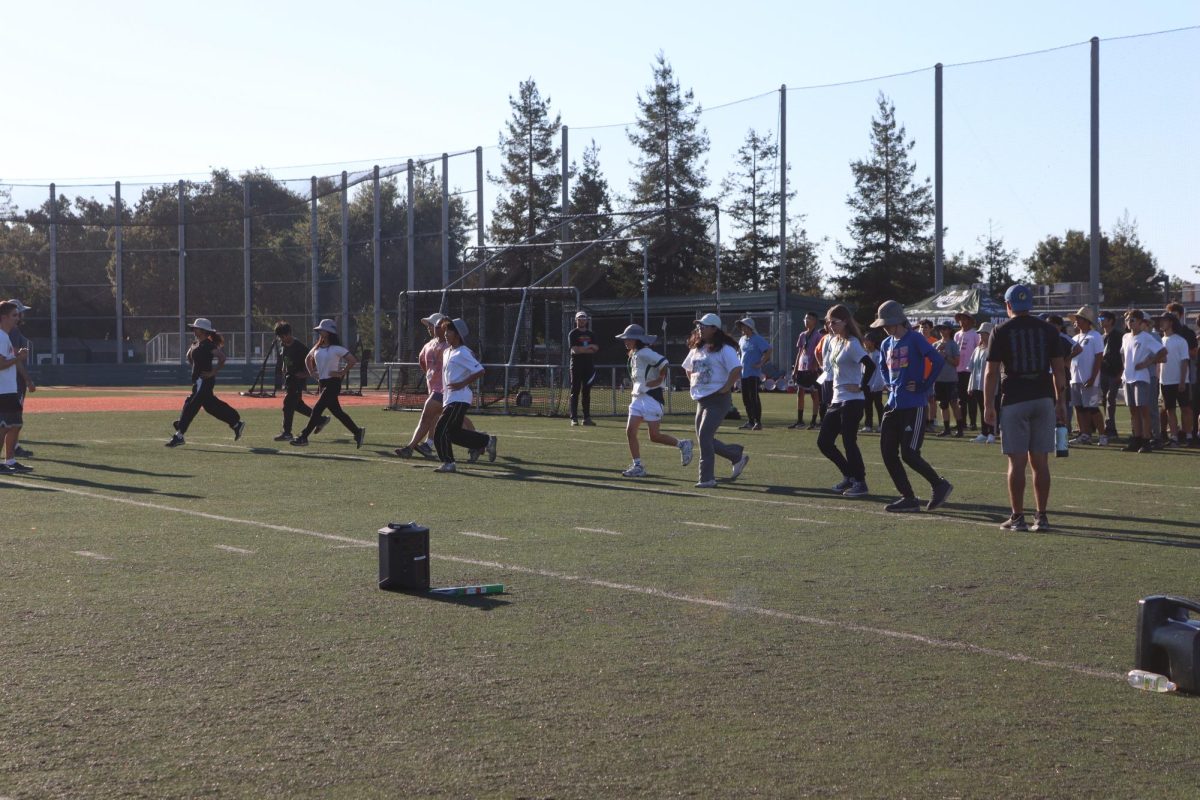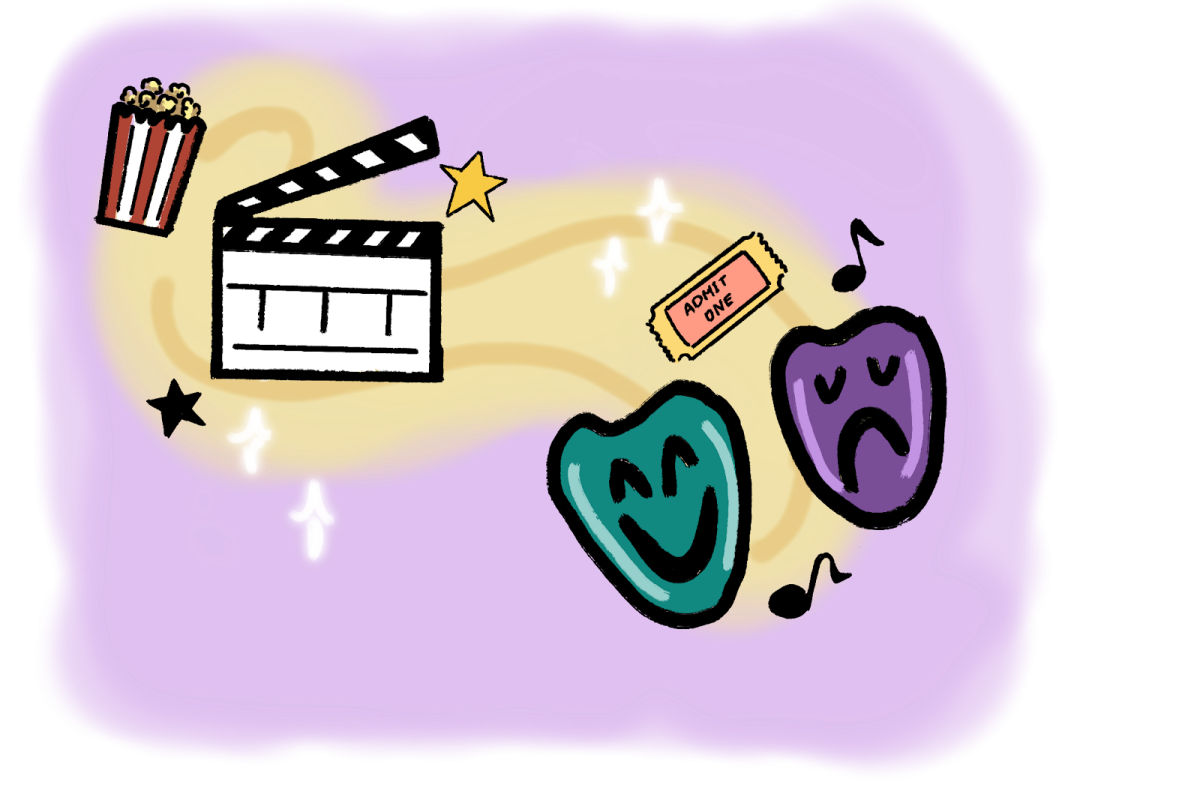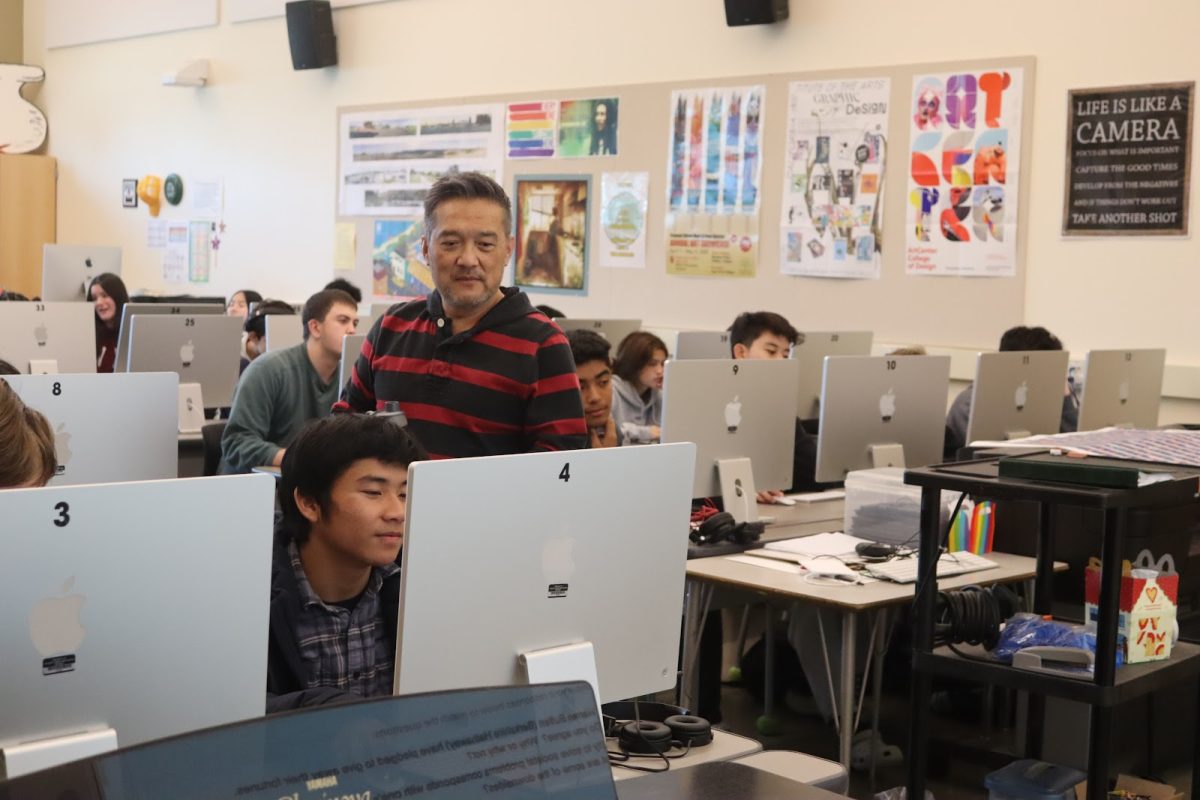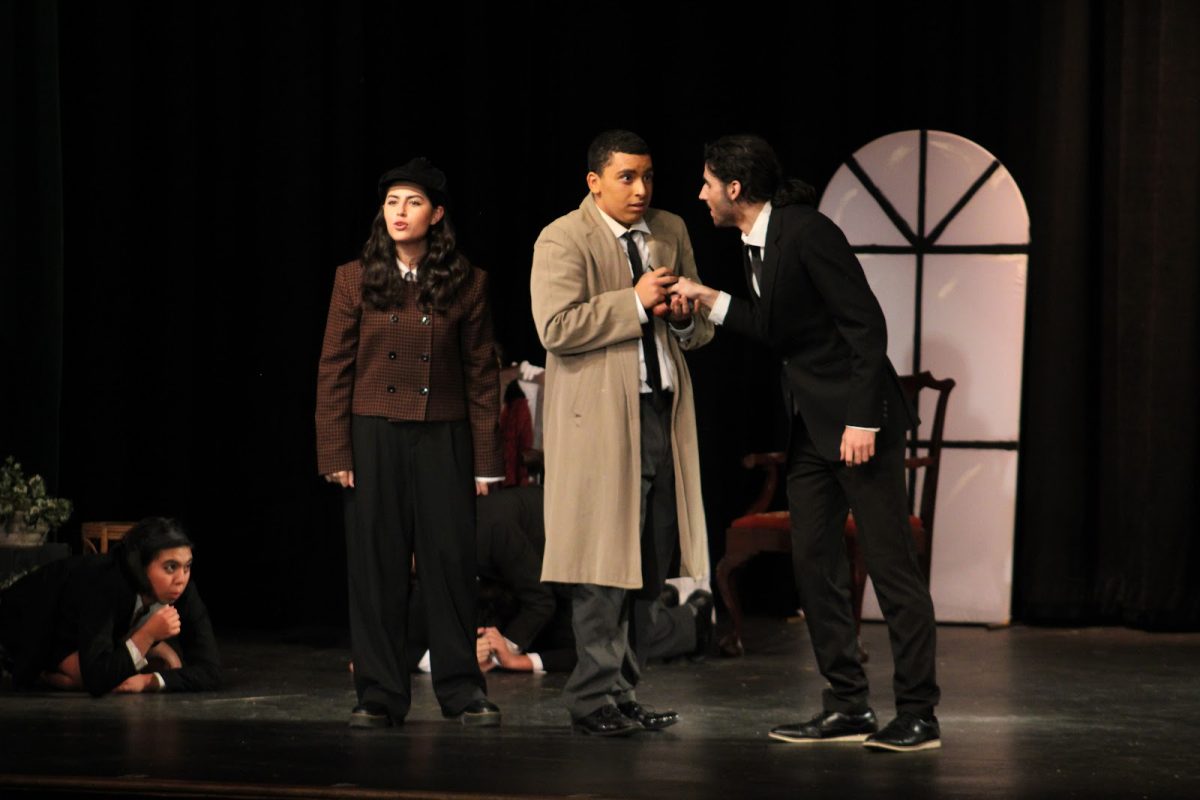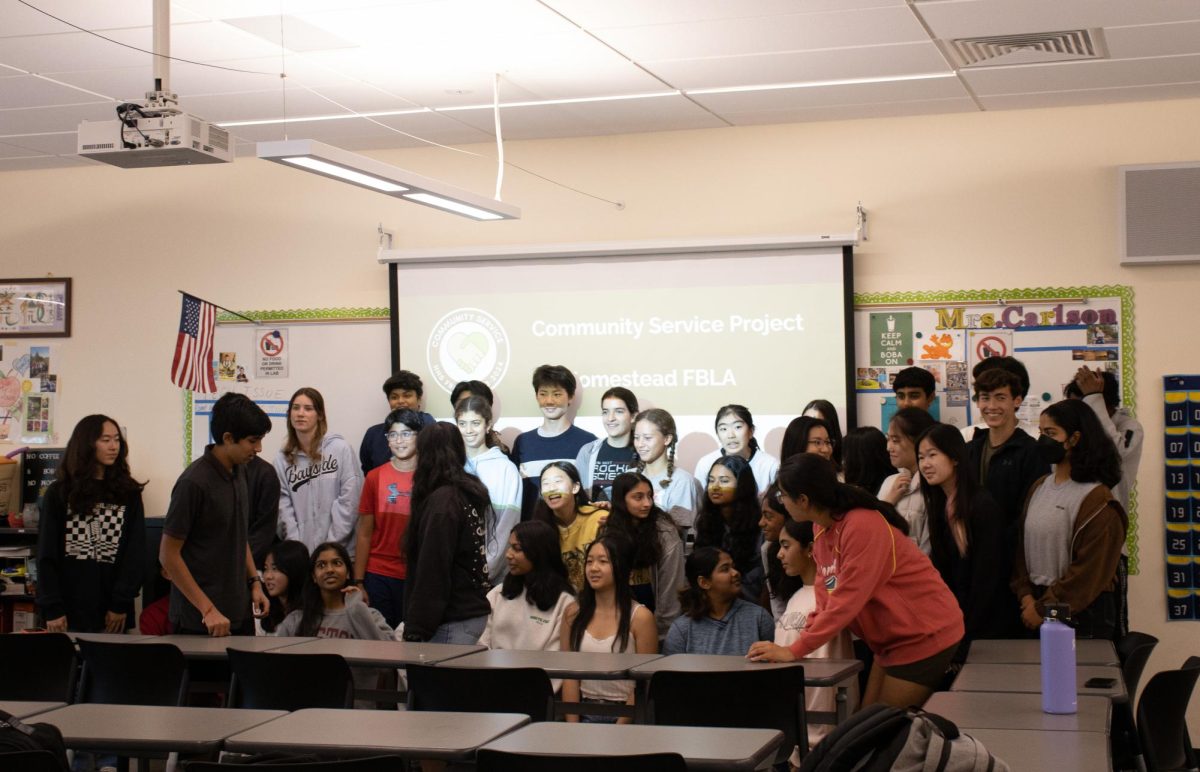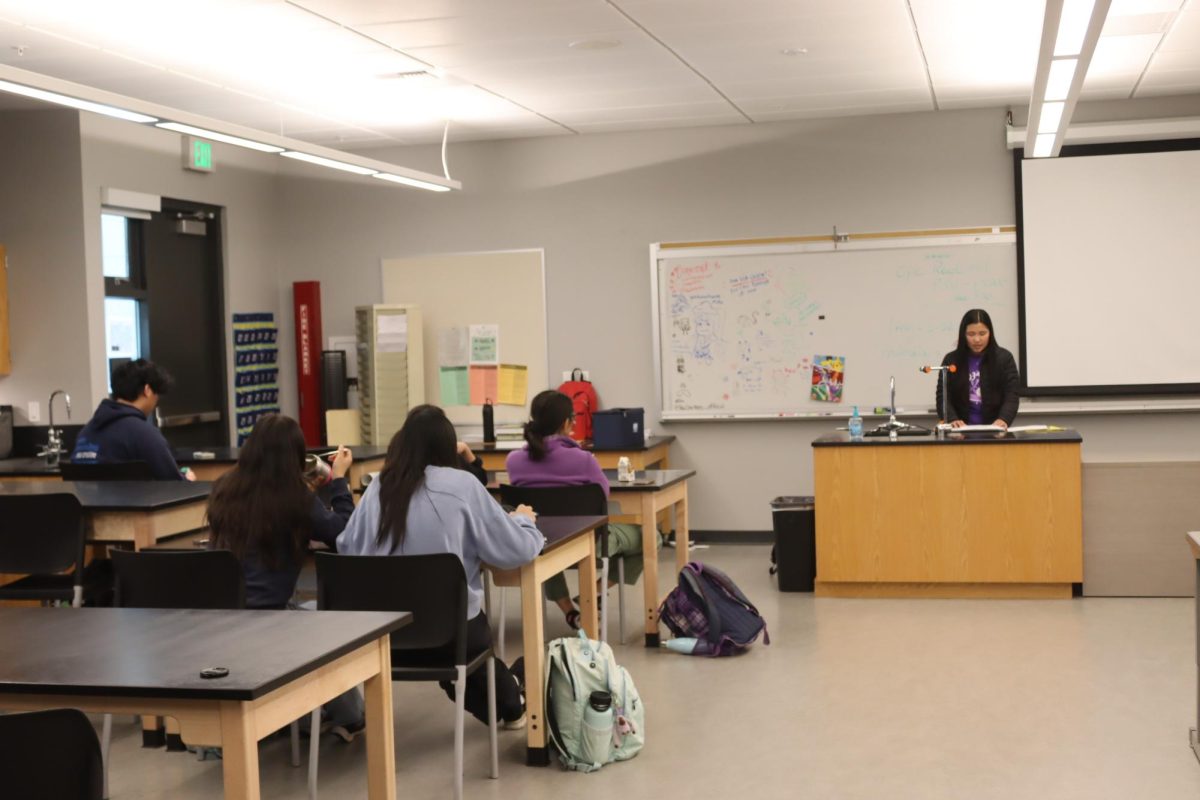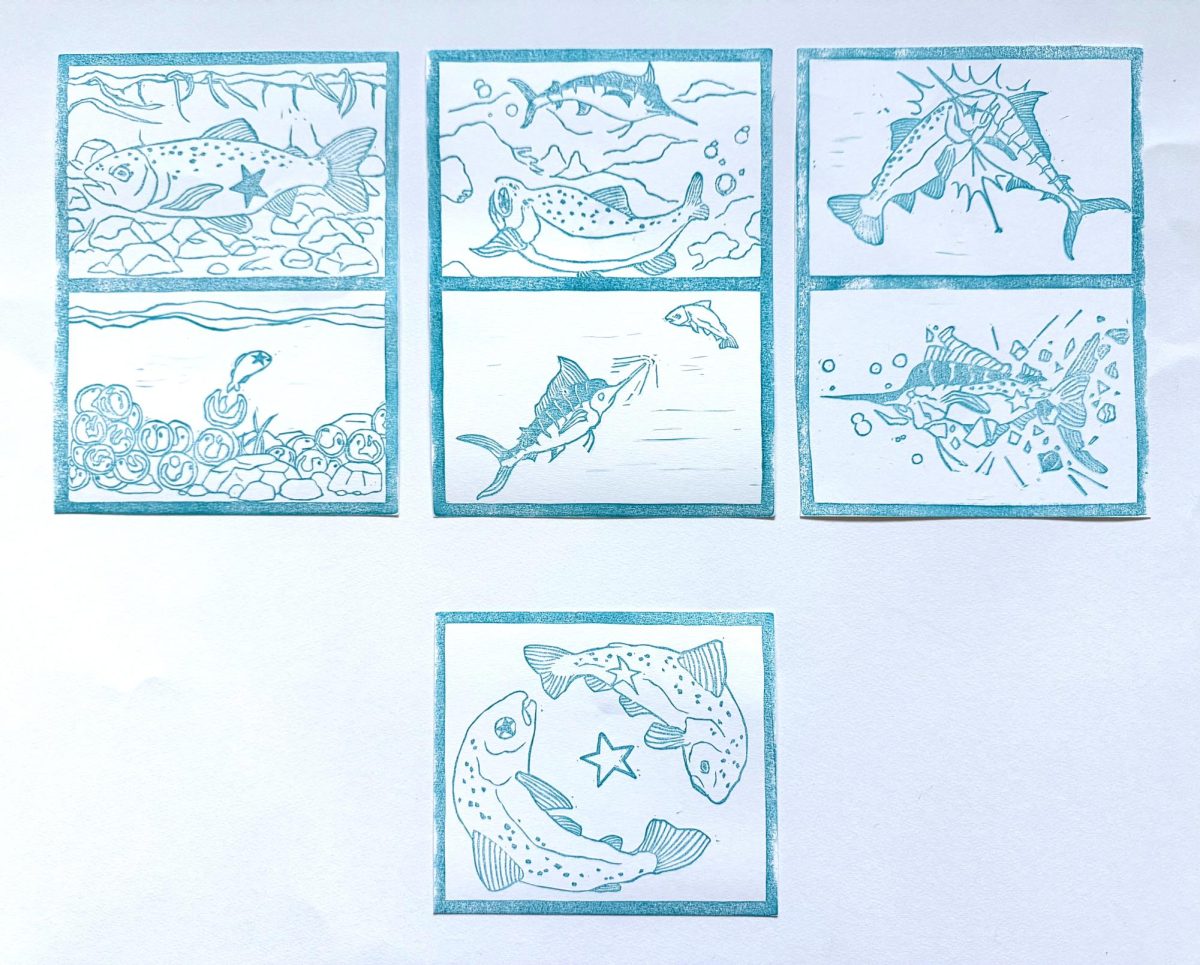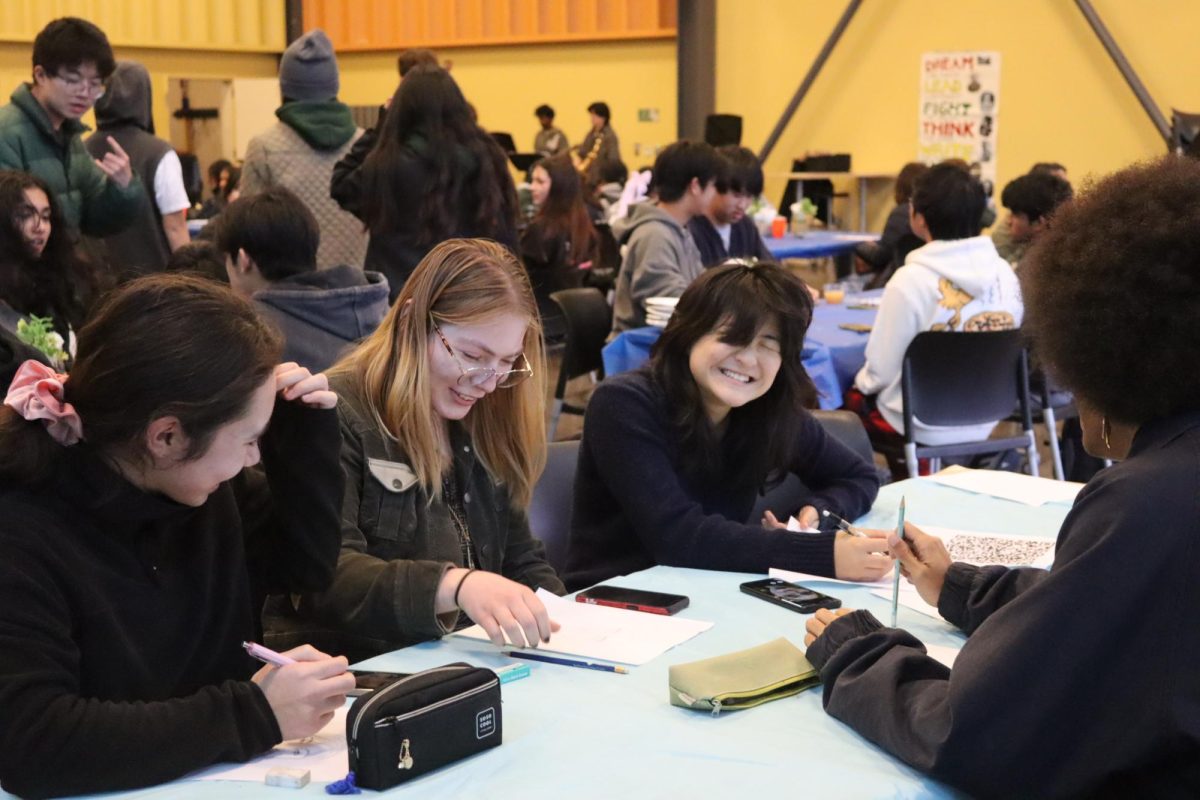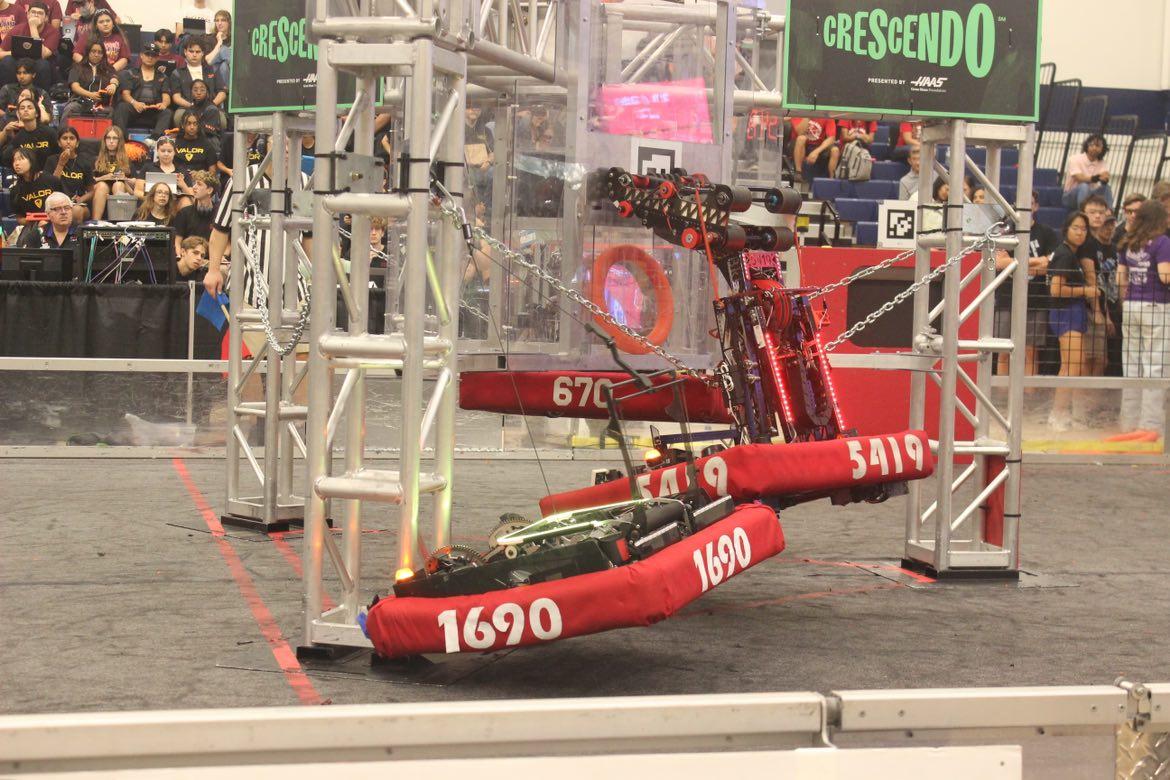With the new age of technology taking over schools, art teachers are stuck on whether the use of it is detrimental or essential, AP art teacher Tyler Cripe said.
The debate is especially prevalent in photography, as students use their own devices to take photos, Cripe said.

“It has completely changed the production means and the way we consume [photography],” Cripe said. “Students are either engaged in it or ignoring [the art of] photography through their own technology.”
Photography has shifted from a slow and methodical procedure to a rushed process only used to produce social media photos, Cripe said. He said he worries about how the implementation of personal devices affects art, as many students become distracted by them.
As many educators deal with device usage daily, teachers are learning how to adapt to technology. Ceramics teacher Jodi Johnson, for example, said there are pros and cons to using phones in class, so classroom management is planned accordingly.
While students are allowed to have phones with them during class for inspiration, devices are still required to be put away during work or instructional time to stay productive and creative, ceramics student, sophomore Myley Markley said.
“It’s amazing to have technology that fits in our pockets, but I find some students struggle with that,” Johnson said. “It’s a little bit distracting for them, so they’re not spending their class time working.”
Before technological use became prevalent in schools, students could focus primarily on their artwork in class, but are now faced with multiple distractions, Johnson said.
However, even with the occasional misuse of tech, Johnson said students can responsibly use personal devices as they have become integral to daily life. Because of this, Johnson chooses to implement more lenient rules.
Similarly, Cripe said he likes to let phone usage play out, and adjust based on the results. This way, it becomes a teaching opportunity for when students enter the real world and have to learn about their boundaries, Cripe added.
Even as art tends to be an extremely flexible subject with free time to work on projects, there is a fine line between using phones for productivity versus a diversion, Cripe said.
“[Phones] aren’t helping us anymore,” Cripe said. “Treat it like an iPod, listen to music, but don’t touch it.”
When keeping her phone out in class, AP art student, sophomore Ria Nabar said she tends to struggle with focusing on her artwork. However, technology is an integral part of the AP art class, Nabar said.
“A lot of people use digital art for their portfolios,” Nabar said. “[Technology] adds a different media that people can use.”
For example, many students in the AP art classroom use iPads for digital drawing, or finding images to use in collages for multimedia projects, Nabar said.
Even with the many benefits of technology, Cripe said he is leaning toward stricter policies with personal devices.
“It does more harm than good,” Cripe said. “Having a reference on your phone doesn’t make you a better artist, it just makes you more dependent on your phone.”



